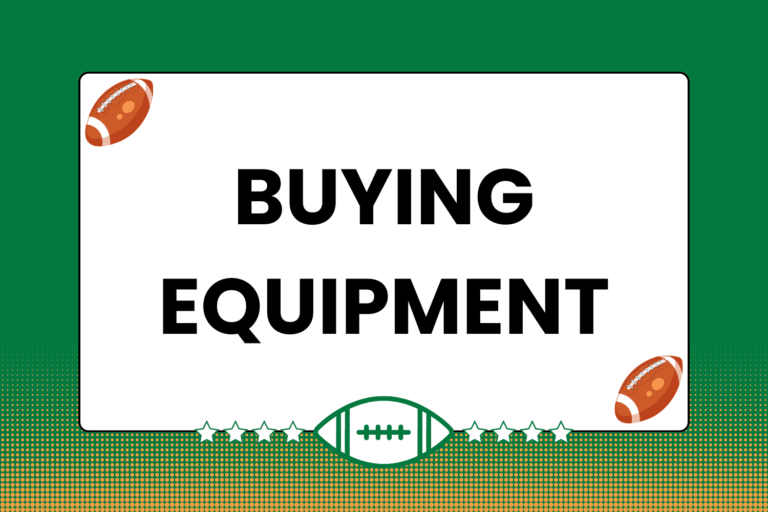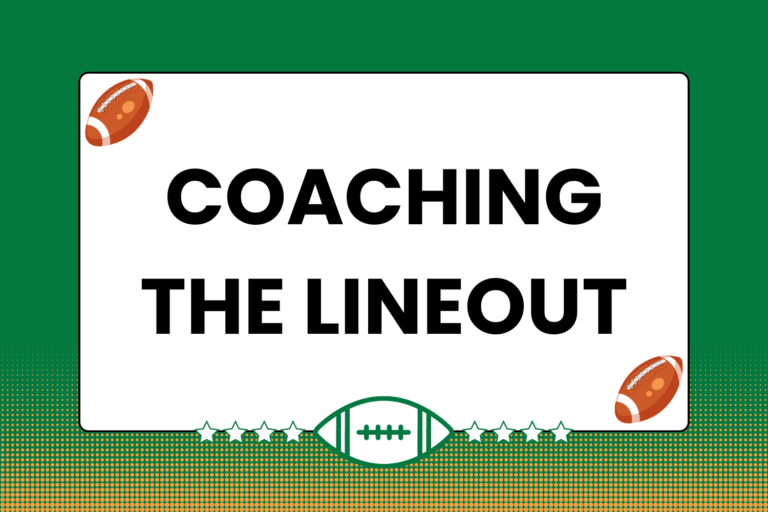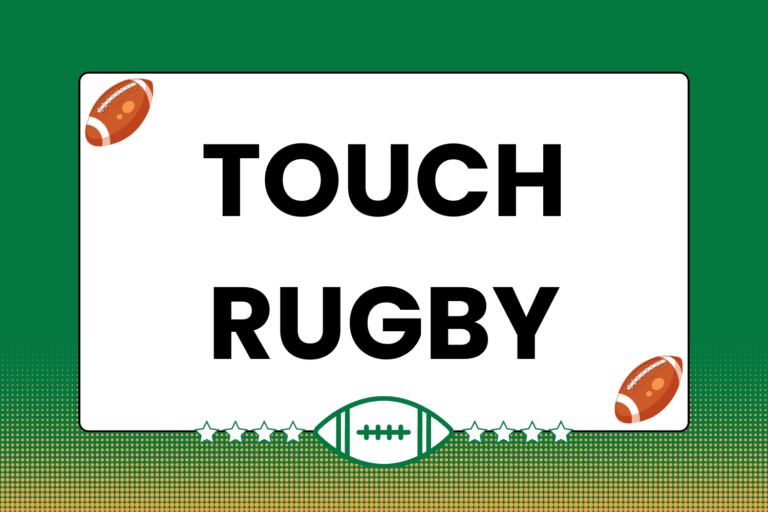Many teams in the modern era of rugby have incorporated a kicking-friendly strategy into their overall game plans. This tendency has become a source of frustration for some fans, but there’s no getting around the fact that rugby includes more kicking today than it did in the past. As such, it’s important that all players feel comfortable fielding a high kick. While this skill used to be almost exclusively inherent to the backs, more and more forwards have been attempting it recently. This guide features a breakdown of the technique for fielding a high ball.
Step 1: Call For It
Unless someone is in the Sin Bin or has been sent off, there are potentially 15 players available to catch the ball after it’s been kicked. When several teammates are in the right area to make a catch, it can be difficult to determine who’s going to actually catch the ball. One player should strongly signal that he intends to go for the ball by calling off his teammates; this is usually done by shouting something like “I got it!” or “I go!” The point is to alert your teammates of your intention to go after the ball; when multiple players go after a high ball at the same time, it’s tougher to cleanly catch the ball.
Step 2: Track the Ball
In a perfect situation, the ball would fly right to the player intending to catch it, and the nearest defender would be 30 meters away. In reality, that’s rarely the case. More likely, the player going for the high ball will be on the run, and will have to maneuver around other players — both teammates and opponents.
When getting into position before making the catch, it’s much easier to come forward and meet the ball than it is to backtrack and try to catch it over one shoulder. Try to take a pursuit line that keeps the ball between you and the other team’s in-goal zone. This will make it easier to catch on the run, and immediately advance the ball after making the catch.
Hot Tip: Eyes on the Prize
With a high kick, the ball tends to hang in the air. While it’s up there, it will likely move laterally. How much movement will depend on the way it was kicked, as well as the wind conditions. It’s vital to keep your eyes on the ball at all times; even losing it for a moment can take you out of position to make the catch.
Step 3: Go Up & Make the Catch
There is no rule saying that a player from the kicking team can’t also try to catch a high kick. The caveat to this is that the opposing player must have been behind the player who kicked it away, otherwise that player is considered offsides. Also, even if an opposing player is offsides when the ball is kicked, that offsides goes away the moment the ball is touched by a player on the non-kicking team. This means that a defender who is offsides can still make a tackle on the player who catches the ball as soon as the catcher comes back to the ground.
With these things in mind, the player attempting the catch should approach the ball in such a way that makes it as easy as possible to cleanly receive it:
- Turn slightly to one side so the side of the body is pointed downfield. This will help protect the player who catches the ball if he is hit quickly, and more importantly it will help ensure the ball moves backward if that player doesn’t cleanly catch the ball. If the ball is touched by a player on the non-kicking team and goes forward, it’s considered a knock-on, and a penalty will be awarded to the kicking team.
- Raise the arms up to approximately chest height, with the palms turned up and the fingers pointed towards the ball.
- Jump up off one foot, raising the other knee up towards the waist. This will both protect you against a collision with another player, and generate additional upward momentum to help you meet the ball sooner.
- Catch the ball with the hands and immediately bring it into the chest. Secure the ball against your body as you land on the ground (hopefully on both feet).
With the exception of turning your body sideways, all the other steps listed above will happen in rapid succession. The more effort you put into those steps, the better the chances that you’ll make a clean catch.
Play On!
When a player goes into the air to make a catch, it is illegal for an opposing player to hit him. However, that protection disappears the moment the player who caught the ball returns to the ground. Although it helps to have an idea about what to do after the ball is caught, making the catch is obviously the most important part of the entire process. Concentrate on getting the ball, and the more comfortable you are doing that, the better you’ll get at quickly deciding what to do next!





